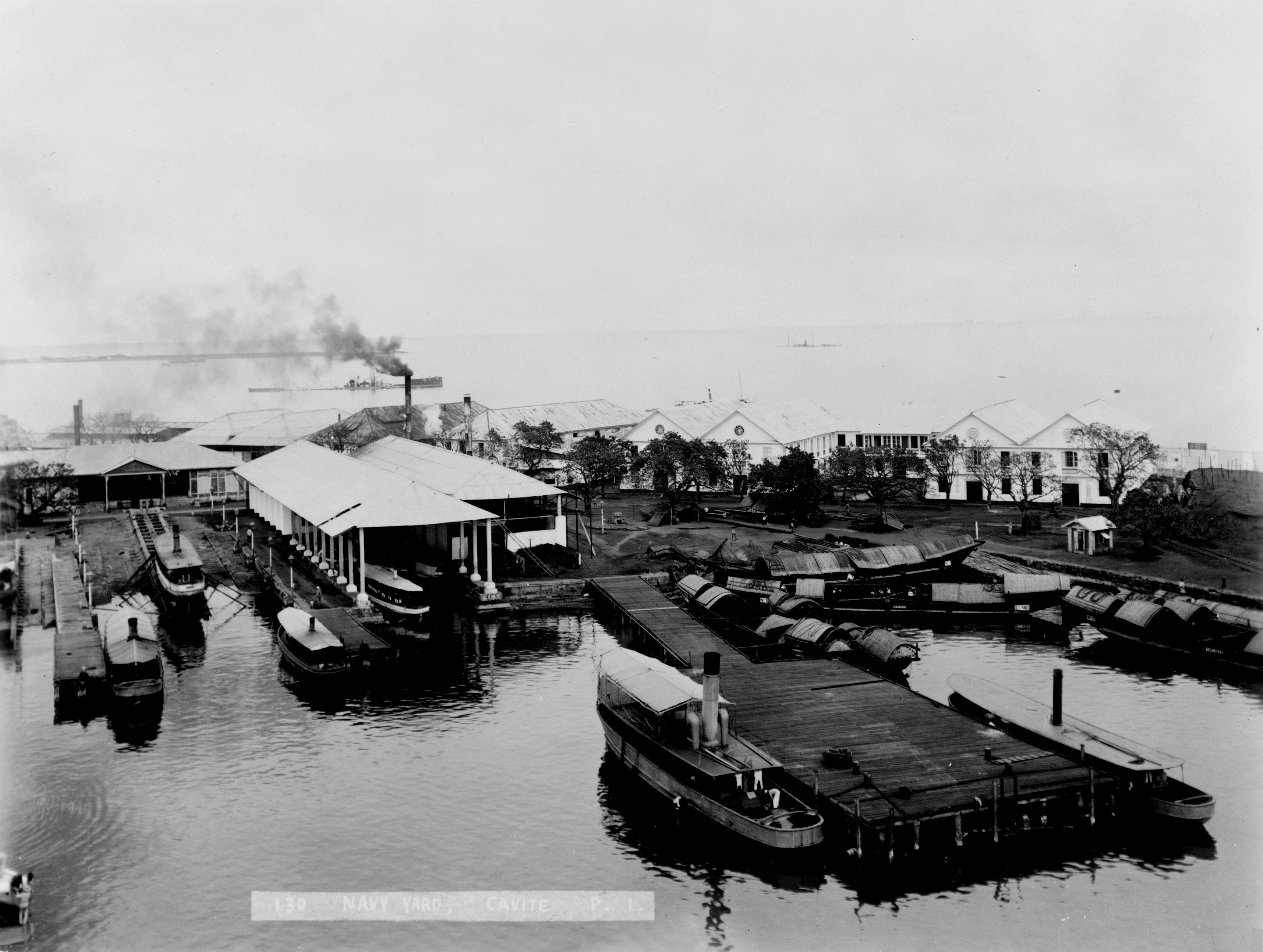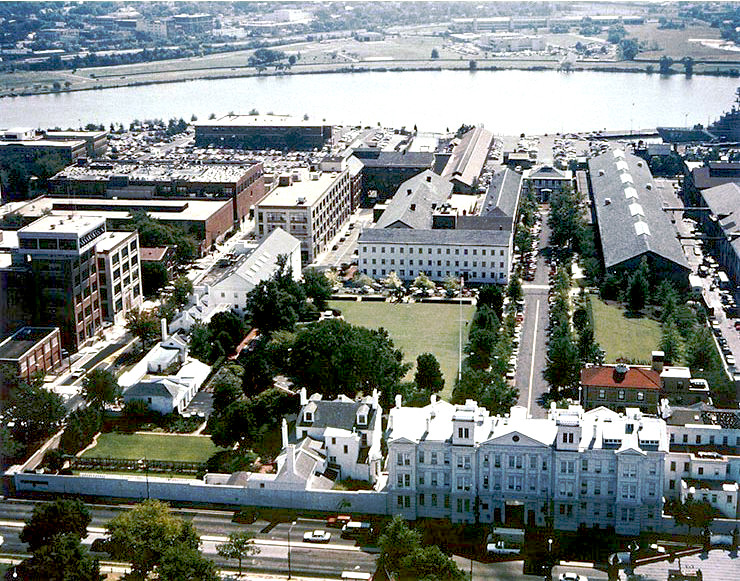|
USS San Felipe (YFB-12)
''San Felipe'' (YFB-12) (ex-''Engineer'') was a United States Army steel tugboat that later served as a ferryboat in the U.S. Navy and as an Imperial Japanese Army transport during World War II. History She was completed in 1907 at the Hong Kong shipyard of Hong Kong & Whampoa Dock Company for the benefit of the United States Army as the steel tugboat, ''Engineer''. On 28 December 1917, she was transferred to the United States Navy and assigned to the United States Asiatic Fleet, 16th Naval District but then returned to the U.S. Army in 1919. On 9 October 1922, she was transferred back to the U.S. Navy, 16th Naval District to replace the ''Callao'' (YFB-11). On 1 November 1922, she was renamed ''San Felipe'' and designated as ferryboat/launch, YFB-12. She worked as a ferry boat between the Cavite and Manila. On 10 December 1941, she was assigned to the Inshore Patrol and survived the bombing of Cavite Naval Yard and on 8 April 1942, she assisted in the evacuation of personnel ... [...More Info...] [...Related Items...] OR: [Wikipedia] [Google] [Baidu] |
United States Army
The United States Army (USA) is the land service branch of the United States Armed Forces. It is one of the eight U.S. uniformed services, and is designated as the Army of the United States in the U.S. Constitution.Article II, section 2, clause 1 of the United States Constitution (1789). See alsTitle 10, Subtitle B, Chapter 301, Section 3001 The oldest and most senior branch of the U.S. military in order of precedence, the modern U.S. Army has its roots in the Continental Army, which was formed 14 June 1775 to fight the American Revolutionary War (1775–1783)—before the United States was established as a country. After the Revolutionary War, the Congress of the Confederation created the United States Army on 3 June 1784 to replace the disbanded Continental Army.Library of CongressJournals of the Continental Congress, Volume 27/ref> The United States Army considers itself to be a continuation of the Continental Army, and thus considers its institutional inception to be th ... [...More Info...] [...Related Items...] OR: [Wikipedia] [Google] [Baidu] |
Transport Ship
A troopship (also troop ship or troop transport or trooper) is a ship used to carry soldiers, either in peacetime or wartime. Troopships were often drafted from commercial shipping fleets, and were unable land troops directly on shore, typically loading and unloading at a seaport or onto smaller vessels, either tenders or barges. Attack transports, a variant of ocean-going troopship adapted to transporting invasion forces ashore, carry their own fleet of landing craft. Landing ships beach themselves and bring their troops directly ashore. History Ships to transport troops were used in Antiquity. Ancient Rome used the navis lusoria, a small vessel powered by rowers and sail, to move soldiers on the Rhine and Danube. The modern troopship has as long a history as passenger ships do, as most maritime nations enlisted their support in military operations (either by leasing the vessels or by impressing them into service) when their normal naval forces were deemed insufficient for ... [...More Info...] [...Related Items...] OR: [Wikipedia] [Google] [Baidu] |
Mariveles Naval Section Base
Map of Manila, Naval Base Manila is at Cavite in Manila Bay Naval Base Manila, Naval Air Base Manila was a major United States Navy base south of the City of Manila, on Luzon Island in the Philippines. Some of the bases dates back to 1898, the end of the Spanish–American War. Starting in 1938 civilian contractors were used to build new facilities in Manila to prepare for World War II. Work stopped on December 23, 1941, when Manila was declared not defendable against the Empire of Japan southward advance, which took over the city on January 2, 1942, after the US declared it an open city. US Navy construction and repair started in March 1945 with the taking of Manila in the costly Battle of Manila ending on March 2, 1945. Naval Base Manila supported the Pacific War and remained a major US Naval Advance Base until its closure in 1971. History The first US Navy bases were Spain's bases taken after the 1898 Battle of Manila. At the end of the Spanish–American War, Spain cede ... [...More Info...] [...Related Items...] OR: [Wikipedia] [Google] [Baidu] |
Cavite Naval Yard
Naval Station Sangley Point was a communication and hospital facility of the United States Navy which occupied the northern portion of the Cavite City peninsula and is surrounded by Manila Bay, approximately eight miles southwest of Manila, the Philippines. The station was a part of the Cavite Navy Yard across the peninsula. The naval station had a runway that was built after World War II, which was used by U.S. Navy Lockheed P-2 Neptune, Lockheed P-3 Orion, and Martin P4M Mercator maritime patrol and anti-submarine warfare aircraft. An adjacent seaplane runway, ramp area and seaplane tender berths also supported Martin P5M Marlin maritime patrol aircraft until that type's retirement from active naval service in the late 1960s. NAS Sangley Point/NAVSTA Sangley Point was also used extensively during the Vietnam War, primarily for U.S. Navy patrol squadrons forward deployed from the United States on six-month rotations. The naval station was turned over to the Philippine govern ... [...More Info...] [...Related Items...] OR: [Wikipedia] [Google] [Baidu] |
Manila
Manila ( , ; fil, Maynila, ), officially the City of Manila ( fil, Lungsod ng Maynila, ), is the capital of the Philippines, and its second-most populous city. It is highly urbanized and, as of 2019, was the world's most densely populated city proper. Manila is considered to be a global city and rated as an Alpha – City by Globalization and World Cities Research Network (GaWC). It was the first chartered city in the country, designated as such by the Philippine Commission Act 183 of July 31, 1901. It became autonomous with the passage of Republic Act No. 409, "The Revised Charter of the City of Manila", on June 18, 1949. Manila is considered to be part of the world's original set of global cities because its commercial networks were the first to extend across the Pacific Ocean and connect Asia with the Spanish Americas through the galleon trade; when this was accomplished, it marked the first time in world history that an uninterrupted chain of trade routes circling ... [...More Info...] [...Related Items...] OR: [Wikipedia] [Google] [Baidu] |
Cavite
Cavite, officially the Province of Cavite ( tl, Lalawigan ng Kabite; Chavacano: ''Provincia de Cavite''), is a province in the Philippines located in the Calabarzon region in Luzon. Located on the southern shores of Manila Bay and southwest of Manila, it is one of the most industrialized and fastest-growing provinces in the Philippines. As of 2020, it has a population of 4,344,829, making it the most populated province in the country if the independent cities of Cebu are excluded from Cebu's population figure. The ''de facto'' capital and seat of the government of the province is Trece Martires, although Imus is the official (''de jure'') capital while the City of Dasmariñas is the largest city in the province. For over 300 years, the province played an important role in both the country's colonial past and eventual fight for independence, earning it the title "Historical Capital of the Philippines". It became the cradle of the Philippine Revolution, which led to the r ... [...More Info...] [...Related Items...] OR: [Wikipedia] [Google] [Baidu] |
16th Naval District
The naval district was a U.S. Navy military and administrative command ashore. Apart from Naval District Washington, the Districts were disestablished and renamed Navy Regions about 1999, and are now under Commander, Naval Installations Command (CNIC). They were established for the purpose of decentralizing the Navy Department's functions with respect to the control of the coastwise sea communications and the shore activities outside the department proper, and for the further purpose of centralizing under one command: : (a) For military coordination, all naval activities, and : (b) For administrative coordination, all naval activities with specific exceptions, within the district and the waters thereof. The limits of the naval districts are laid down in article 1480, Navy Regulations. Those limits extend to seaward so far as to include the coastwise sea lanes (art. 1486 (1), Navy Regulations). "Each naval district shall be commanded by a designated commandant, who is the dir ... [...More Info...] [...Related Items...] OR: [Wikipedia] [Google] [Baidu] |
United States Asiatic Fleet
The United States Asiatic Fleet was a fleet of the United States Navy during much of the first half of the 20th century. Before World War II, the fleet patrolled the Philippine Islands. Much of the fleet was destroyed by the Japanese by February 1942, after which it was dissolved, and the remnants incorporated into the naval component of the South West Pacific Area command, which eventually became the Seventh Fleet. The fleet was created when its predecessor, the Asiatic Squadron, was upgraded to fleet status in 1902. In early 1907, the fleet was downgraded and became the First Squadron of the United States Pacific Fleet. However, on 28 January 1910, it was again organized as the Asiatic Fleet. Thus constituted, the Asiatic Fleet, based in the Philippines, was organizationally independent of the Pacific Fleet, which was based on the United States West Coast until it moved to Pearl Harbor in the Territory of Hawaii in 1940. Although much smaller than any other U.S. Navy fleet a ... [...More Info...] [...Related Items...] OR: [Wikipedia] [Google] [Baidu] |
Naval History And Heritage Command
The Naval History and Heritage Command, formerly the Naval Historical Center, is an Echelon II command responsible for the preservation, analysis, and dissemination of U.S. naval history and heritage located at the historic Washington Navy Yard. The NHHC is composed of 42 facilities in 13 geographic locations including the Navy Department Library, 10 museums and 1 heritage center, USS ''Constitution'' repair facility and detachment, and historic ship ex-USS ''Nautilus''. Command history The Naval History and Heritage Command traces its lineage to 1800, when President John Adams requested Benjamin Stoddert, the first Secretary of the Navy, prepare a catalog of professional books for use in the Secretary's office. When the British invaded Washington in 1814, this collection, containing the finest works on naval history from America and abroad, was rushed to safety outside the Federal City. After that, the library had many locations, including a specially designed space in the S ... [...More Info...] [...Related Items...] OR: [Wikipedia] [Google] [Baidu] |
World War II
World War II or the Second World War, often abbreviated as WWII or WW2, was a world war that lasted from 1939 to 1945. It involved the vast majority of the world's countries—including all of the great powers—forming two opposing military alliances: the Allies and the Axis powers. World War II was a total war that directly involved more than 100 million personnel from more than 30 countries. The major participants in the war threw their entire economic, industrial, and scientific capabilities behind the war effort, blurring the distinction between civilian and military resources. Aircraft played a major role in the conflict, enabling the strategic bombing of population centres and deploying the only two nuclear weapons ever used in war. World War II was by far the deadliest conflict in human history; it resulted in 70 to 85 million fatalities, mostly among civilians. Tens of millions died due to genocides (including the Holocaust), starvation, ma ... [...More Info...] [...Related Items...] OR: [Wikipedia] [Google] [Baidu] |
Ferryboat
A ferry is a ship, watercraft or amphibious vehicle used to carry passengers, and sometimes vehicles and cargo, across a body of water. A passenger ferry with many stops, such as in Venice, Italy, is sometimes called a water bus or water taxi. Ferries form a part of the public transport systems of many waterside cities and islands, allowing direct transit between points at a capital cost much lower than bridges or tunnels. Ship connections of much larger distances (such as over long distances in water bodies like the Mediterranean Sea) may also be called ferry services, and many carry vehicles. History In ancient times The profession of the ferryman is embodied in Greek mythology in Charon, the boatman who transported souls across the River Styx to the Underworld. Speculation that a pair of oxen propelled a ship having a water wheel can be found in 4th century Roman literature "''Anonymus De Rebus Bellicis''". Though impractical, there is no reason why it could not work ... [...More Info...] [...Related Items...] OR: [Wikipedia] [Google] [Baidu] |
Steam Horsepower
Horsepower (hp) is a unit of measurement of power, or the rate at which work is done, usually in reference to the output of engines or motors. There are many different standards and types of horsepower. Two common definitions used today are the mechanical horsepower (or imperial horsepower), which is about 745.7 watts, and the metric horsepower, which is approximately 735.5 watts. The term was adopted in the late 18th century by Scottish engineer James Watt to compare the output of steam engines with the power of draft horses. It was later expanded to include the output power of other types of piston engines, as well as turbines, electric motors and other machinery. The definition of the unit varied among geographical regions. Most countries now use the SI unit watt for measurement of power. With the implementation of the EU Directive 80/181/EEC on 1 January 2010, the use of horsepower in the EU is permitted only as a supplementary unit. History The development of the ste ... [...More Info...] [...Related Items...] OR: [Wikipedia] [Google] [Baidu] |








